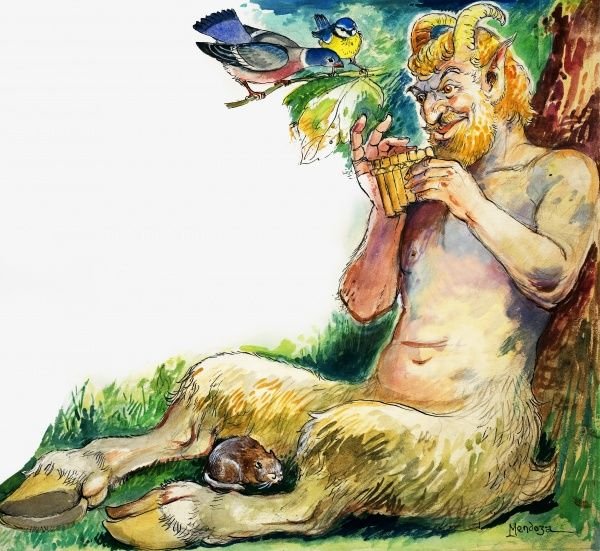What’s Love got to do with it?
When my kids were little, I started to really look at how we celebrate holidays in our culture. It started with Christmas because I wasn’t so sure about the whole Santa Claus thing, the part where some guy was going to sneak into our house while we slept to bring gifts, and we were okay with that. I wanted to find origins of holidays that I could resonate with, from a time before they became so commercialized that the true essence of them was lost. I wanted to actually feel what we were celebrating so I could then authentically share them with my kids.
Very quickly, it became obvious that the Christian religion, in an attempt to convert people from earth-based spirituality, co-opted the celebrations and festivals that had nourished people through the ages and put their Christian spin on them. Valentine’s Day is no different.
When we look at the calendar of the seasons based on the movement of the sun around the earth, we can see that Spring starts around the 11th or so of February, depending on the exact date of the Equinox. It’s interesting to consider that human being’s cultural traditions across time are a visible manifestation of how we are resonating to the energetic nature of the seasons, in this case, early Spring energy.
We puzzle over how birds know when to fly south, when to come back, and how they find their way, and yet, as human beings, we are responding to the same energetic shifts and expressing them in our traditions and celebrations.
In Celtic traditions, Imbolc is celebrated on February 1st, the halfway point between the Winter Solstice and Spring Equinox. The word imbolc means “in the belly”, and it marks the beginning of the lambing season and the promise of Spring. The Celtic Goddess Brigid, is celebrated at Imbolc. She is a goddess of healing, poetry and smithing. She also is a goddess who brings fertility to the land, animals and its people. Brigid was so beloved that this festival was Christianized to St Bridget’s Day.
In Roman times, the festival of Lupercalia was celebrated in mid-February. This was a fertility festival dedicated to the Roman god, Faunus. Faunus shared the attributes of the Greek god Pan as the bestower of fertility on fields and flocks. This festival was outlawed by the church.
The Chinese New Year is two-week celebration beginning at the second new moon after the Winter Solstice. It falls between January 21st and February 20th. It is the Spring Festival where the festivities are meant to usher out the old and make way for new prosperity. Prosperity in agrarian cultures, from which the celebration arose, is synonymous with fertility and successful birth, be it flocks, fields or families.
Celebrations of Spring, birth and fertility make a lot of sense at this time of year when we really start to feel the sun’s warmth with longer days bringing the hope of spring and rebirth in nature. For humans, ideally, birth arises out of the act of making love, being in love, and being intimate with your true love. It is an easy step from celebrating fertility and birth to celebrating love. Valentine’s Day, placed in the middle of February, does just that.
Valentine is the name of several Saints recognized by the Catholic Church, all of whom were martyred. In one legend, Valentine was said to have been executed (martyred) for the crime of marrying young people during a time when it was outlawed due to the thought that unmarried young men made better soldiers. He was martyred for love, so to speak.
Thinking of the roots of Valentine’s Day being in pagan fertility festivals pleases me. It feels a little subversive. For all our thinking that our modern culture is more sophisticated than our ancient ancestors’ (evidence the more 145 million Valentine’s Day cards exchanged each year), we still respond to the same pull to celebrate fertility and rebirth that is natural at this time of year no matter the era. Think of typical Valentine’s gifts for your sweetie, chocolate, candles, romantic dinners, lingerie…. come on! It is a pretty transparent veneer, don’t you think? Spring is the time of birth and rebirth and all that goes into making that happen. Somewhere in the depths of our beings, we are called to celebrate the powerful, universal force that makes birth, and therefore all of life possible, Love.







